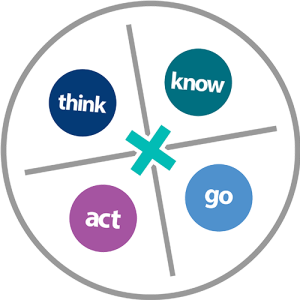Portfolio assessments like this one, which look a lot like doctoral dissertation defenses, are on the rise in California. The practice, touted by educators nationwide as a proven path to college success, has largely been squeezed out by standardized tests, the quicker, less-costly measure of student performance. But the state’s reliance on test scores to rank school performance is about to change, and educators see an opportunity.

Use of portfolios can lead to greater student engagement; such expectations are evidenced in the questions posed by the defense panel:
Can you describe your research process? Which obstacles did you face and how did you overcome them? How will the skills you learned help with your future plans?
And notes one teacher:
“When you see your students reflect on what they’ve learned, and see how that learning has affected them, it’s hard to say this isn’t a good idea,” says Isabel Morales, a 12th grade social studies teacher. “Watching the defenses taught me how much my lessons count, how crucial it is for me to provide a transformative learning experience for my students.”
Morales says students can simply “go through the motions” in class, taking in information without really retaining it. But portfolio defenses force them to explain what they’ve learned, and to apply it in different ways; for instance, Magana tackled the issue of alcoholism as a statement on policy and in a personal statement. Since the portfolio program started, Morales has discovered that the best preparation for a portfolio defense is for students to share their work and reflections on what they learned in the process, something she didn’t always make time to do.
Hechinger-ShouldStudentsDefend.pdf (1438 downloads )



